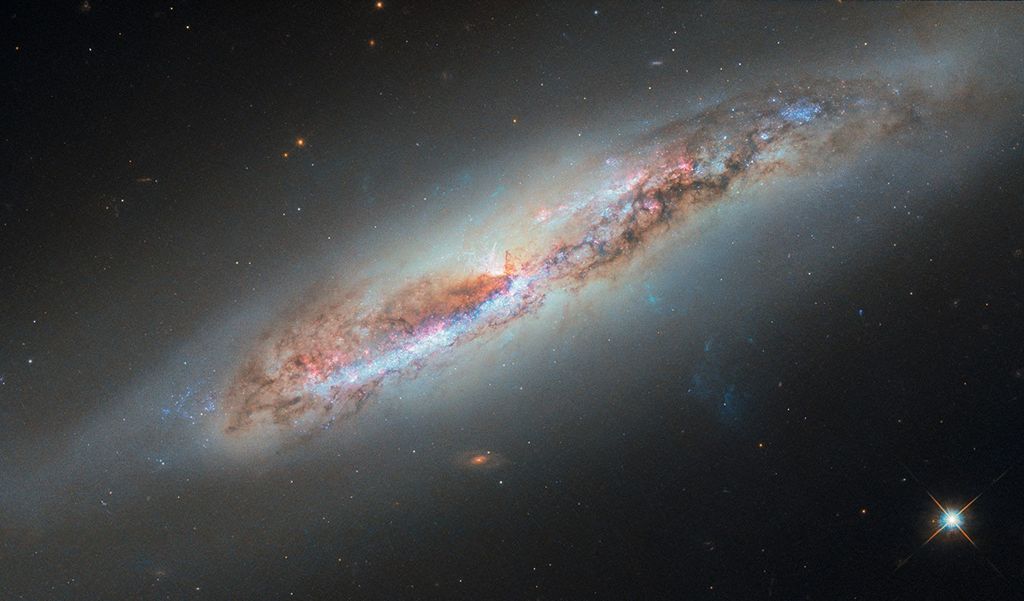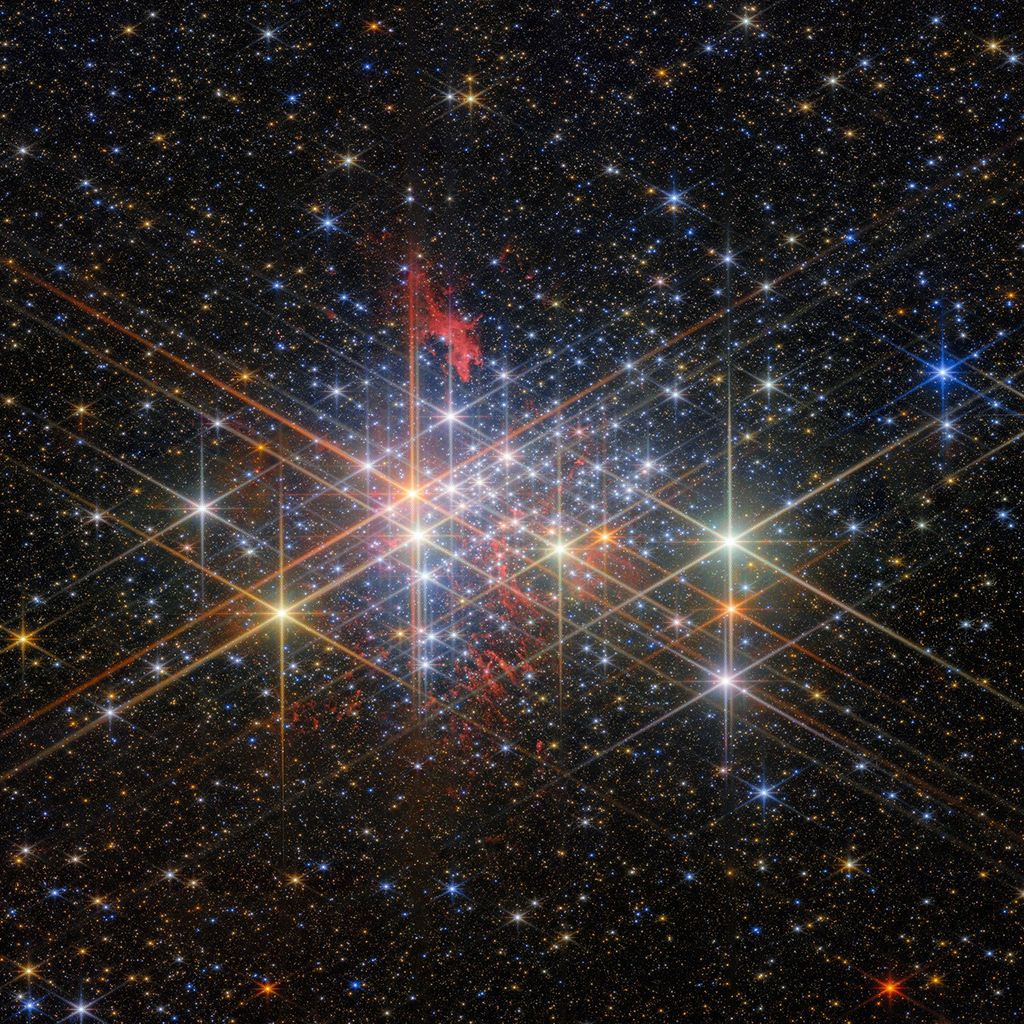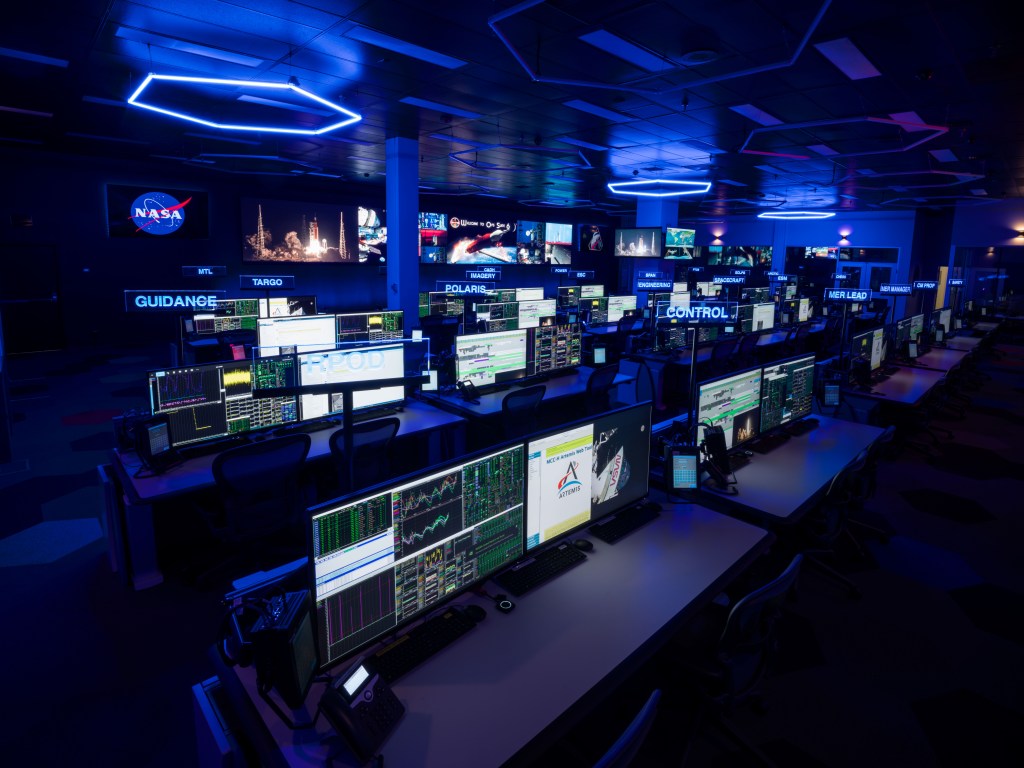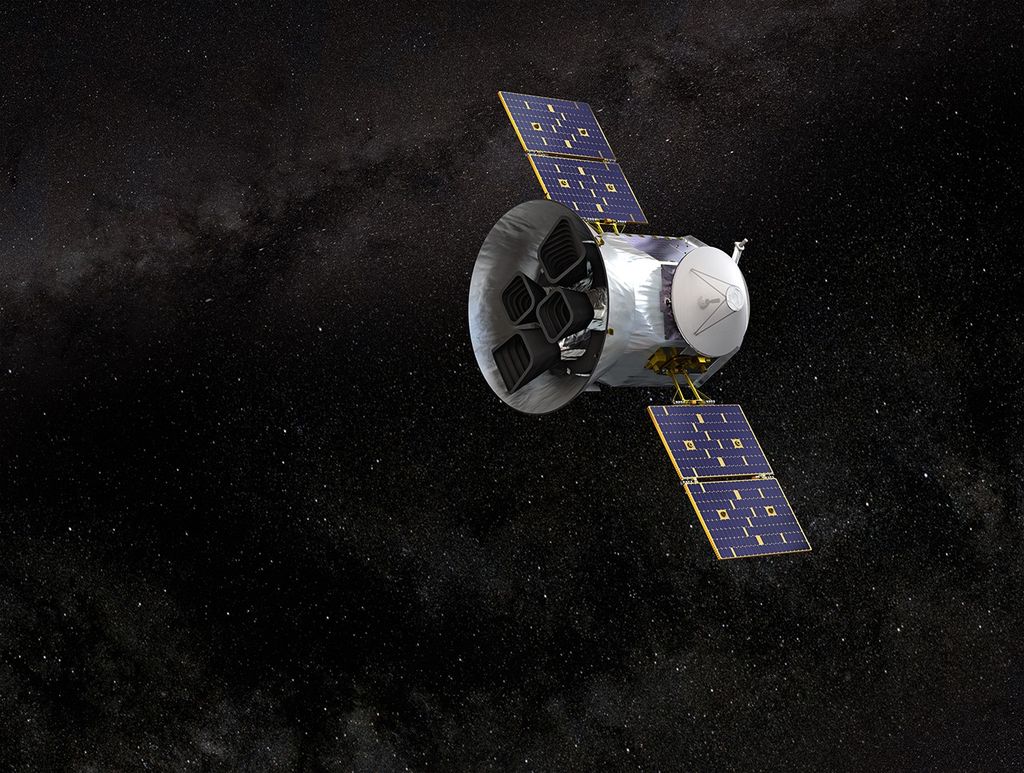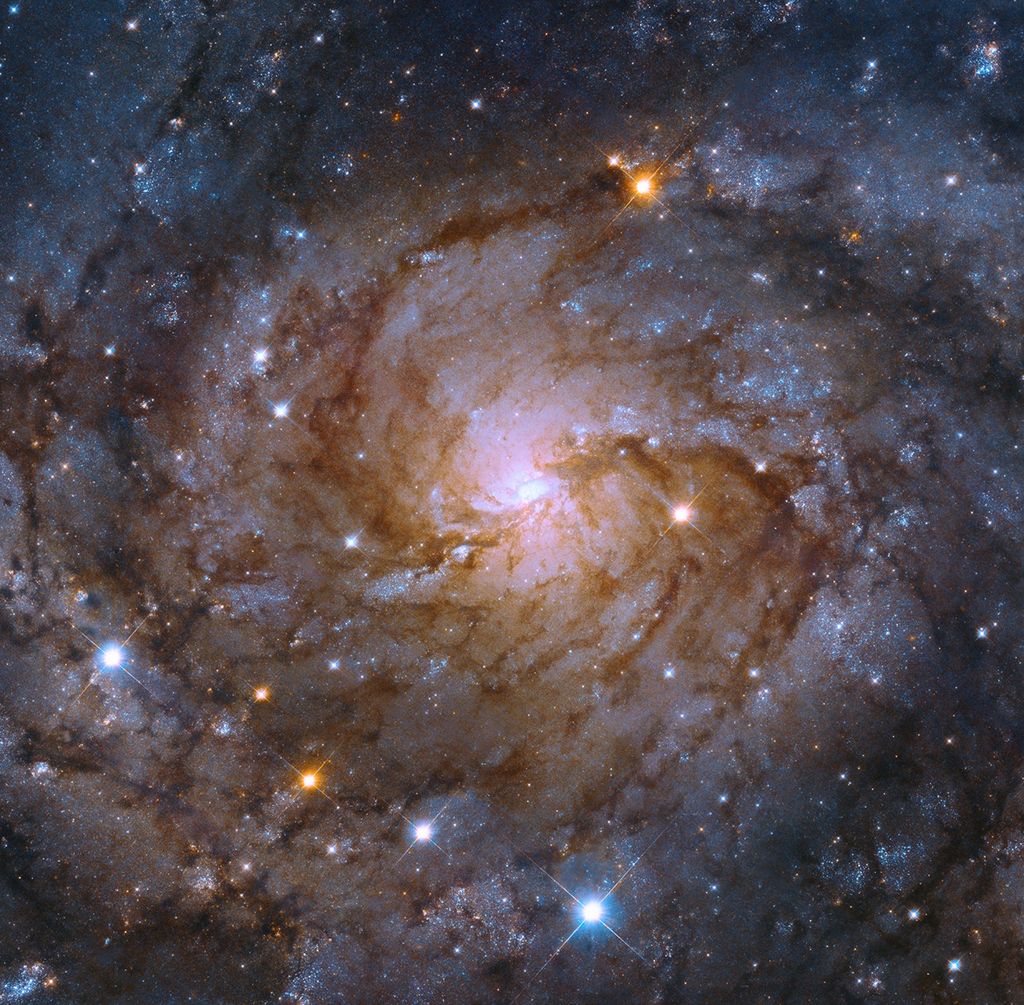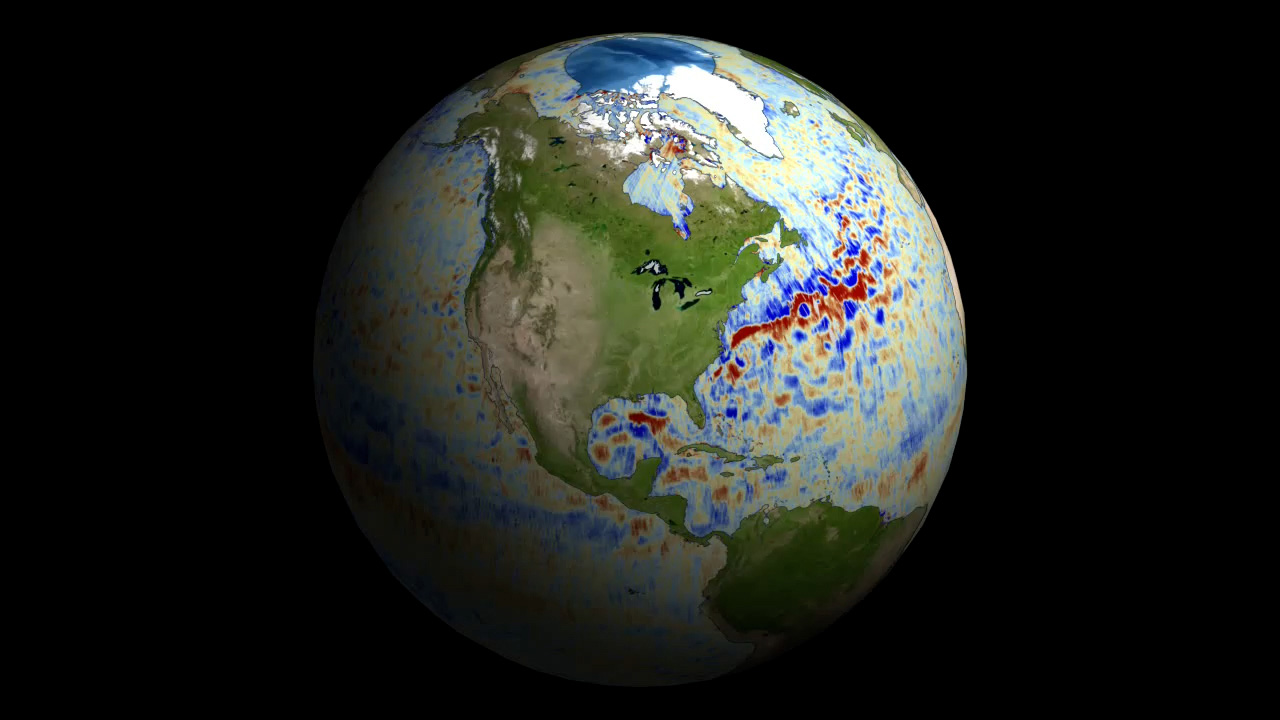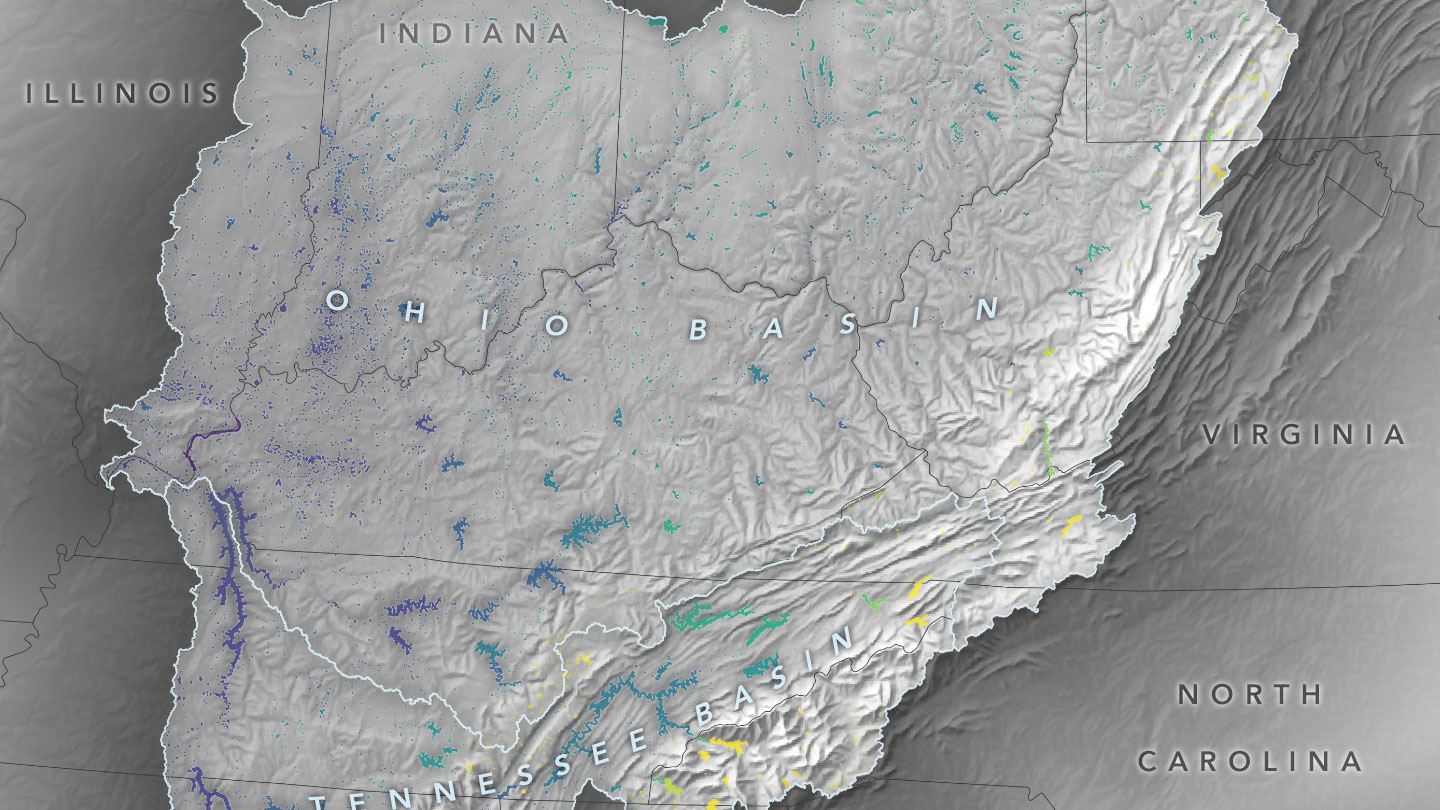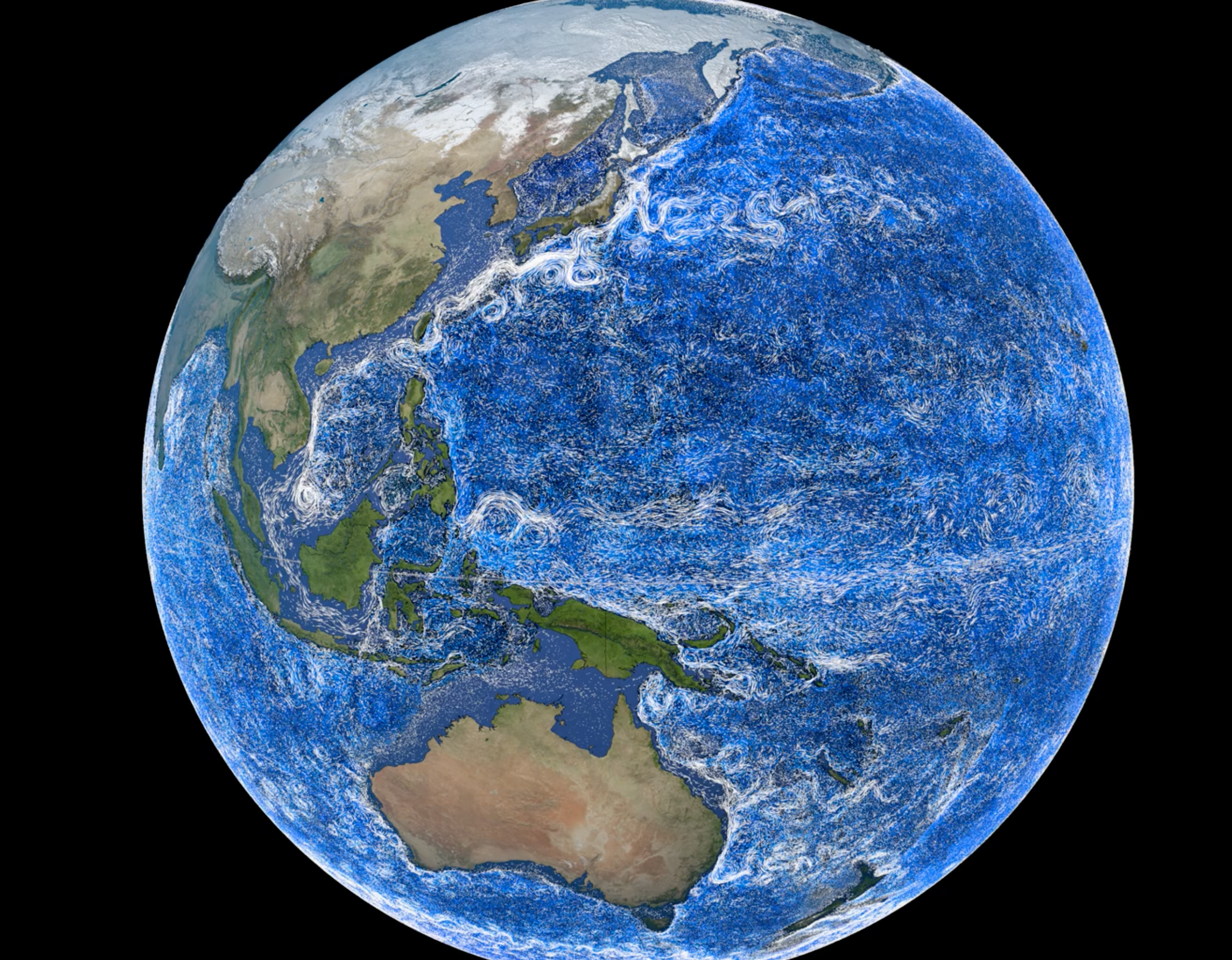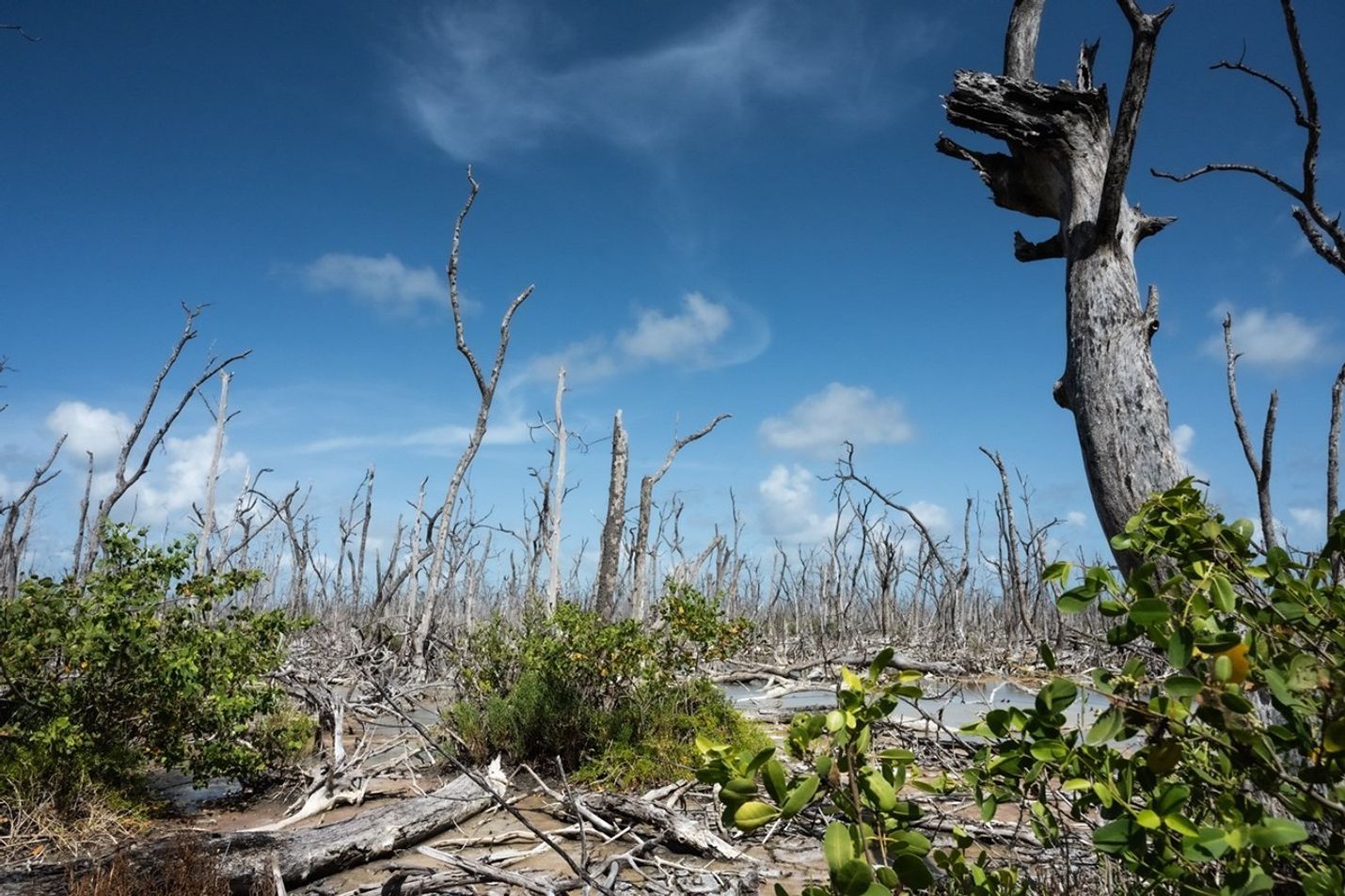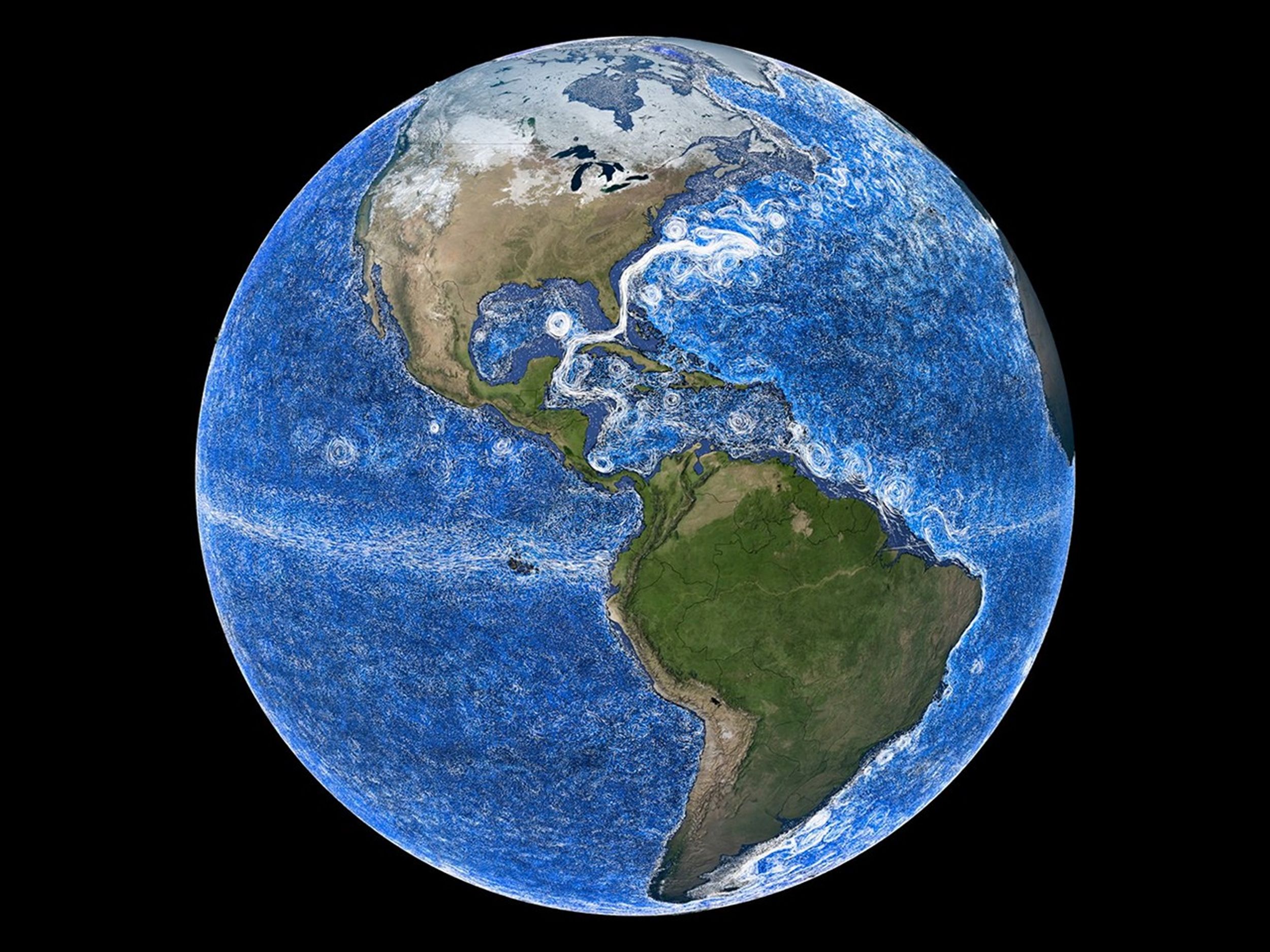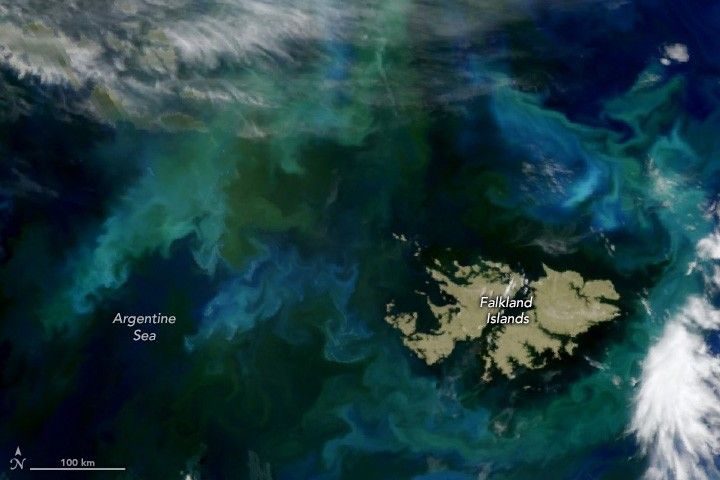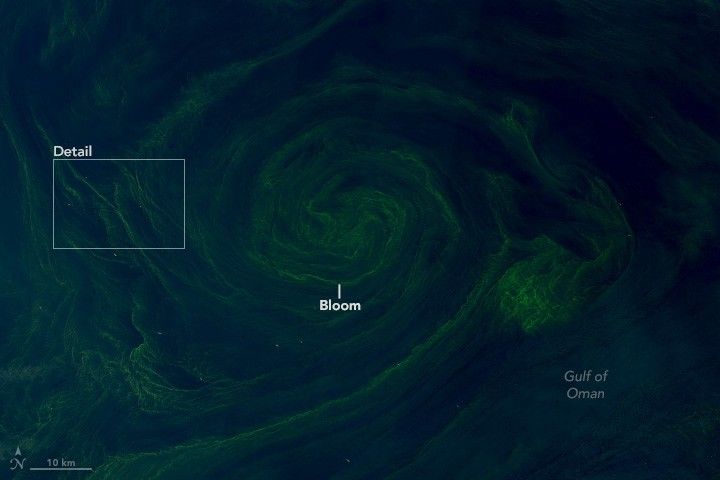Where Does NASA Fit?
The last few years have set the stage for a revolution in ocean science. With the launch of the SWOT and PACE satellites, we can now see and study the planet’s entire ocean surface at a level of detail that we couldn’t before. Meanwhile, other long-lived NASA satellites measure sea surface temperatures, polar ice, and ocean height, key components to understanding our dynamic planet. Our global view complements and adds context to the regional views that oceanographers get from ships, buoys, and other instruments.
Sea Stories
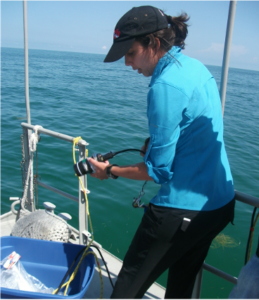
Why is NASA Tracking Seaweed from Space?
In the open ocean, Sargassum is essential habitat, but can cause a whole host of issues when it washes up on Caribbean coastlines. So where is this seaweed coming from? And how is NASA tracking it?

NASA Analysis Shows Irreversible Sea Level Rise for Pacific Islands

After a brutally hot summer in 2023 that caused widespread bleaching and coral death, summer 2024 was more favorable for the state’s vulnerable reefs.
Featured Mission: PACE
NASA's PACE (Plankton, Aerosol, Cloud, ocean Ecosystem) mission provides global data on microscopic life in the ocean and particles in the air, advancing our understanding of fisheries health, harmful algal blooms, air pollution, wildfire smoke and more.
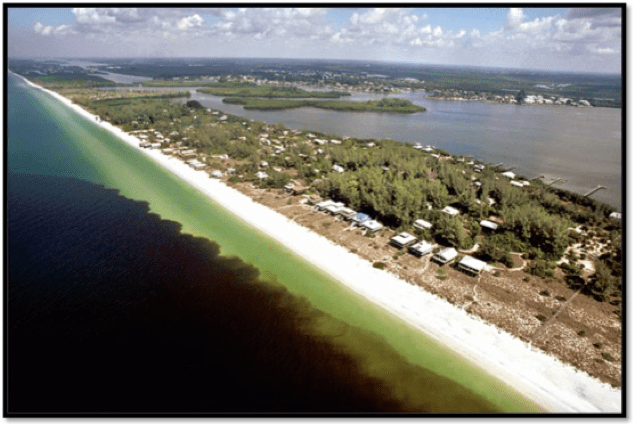
Video: An Ocean in Bloom
By identifying and examining harmful algal blooms around the world, PACE will inform communities ranging from local fishermen to large corporations on what is occurring in their backyard and beyond.

NASA’s PACE Data on Ocean, Atmosphere, Climate Now Available
NASA’s newest Earth-observing satellite provides first-of-its-kind measurements of ocean health, air quality, and the effects of a changing climate.
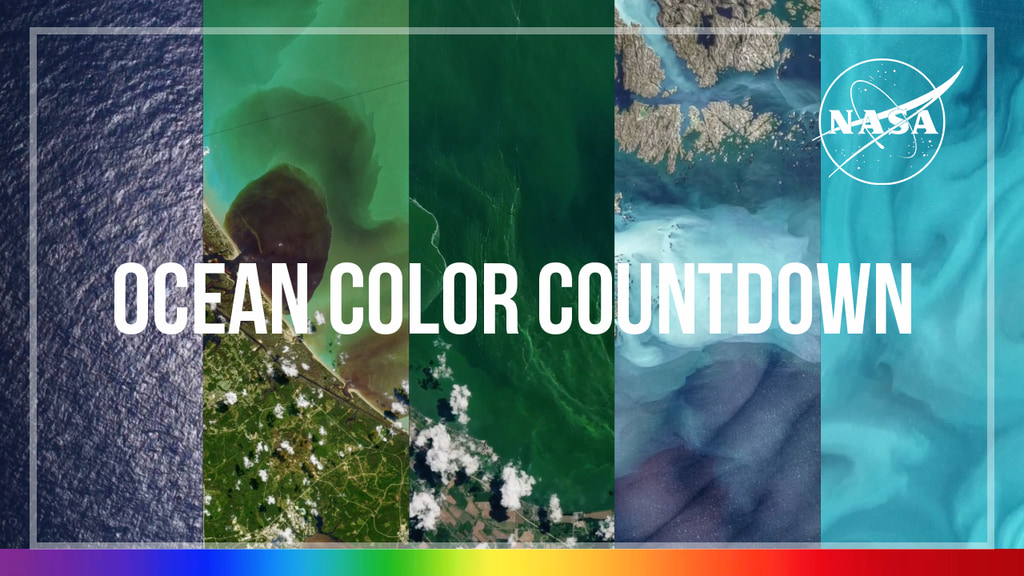
Ocean Color Countdown
The color of our oceans, lakes and rivers can tell us a lot about what's going on just beneath the surface.
Featured Mission: SWOT
The SWOT (Surface Water and Ocean Topography) mission measures the height of water in Earth’s ocean, lakes, reservoirs, and rivers, providing information about freshwater resources, storm surges, and ocean currents to communities around the world.
How NASA Helps
From space, planes, and ships, NASA is observing the ocean while studying the causes and effects of our rising waters.
Ocean News
Show Me the Data
Current Research
Missions and Campaigns

Sentinel-6 Michael Freilich
Designed to measure the height of the ocean - a key component to understanding how Earth's climate is changing - the mission consists of two identical satellites that will be launched five years apart. Sentinel-6 Michael Freilich launched in 2020 and Sentinel-6B is slated to launch in 2025.

GRACE-FO
GRACE Follow-On (GRACE-FO) is continuing GRACE’s legacy of tracking Earth’s water movement across the planet. Monitoring changes in ice sheets and glaciers, underground water storage, the amount of water in large lakes and rivers, and changes in sea level provides a unique view of Earth’s climate and has far-reaching benefits for its people.

Aqua Earth-observing Satellite Mission
Aqua, Latin for water, is a NASA Earth Science satellite mission named for the large amount of information that the mission is collecting about the Earth's water cycle, including evaporation from the oceans, water vapor in the atmosphere, clouds,precipitation, soil moisture, sea ice, land ice, and snow cover on the land and ice.

